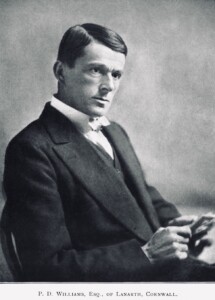Rev. G.H. Engleheart, England
Registreringsår: 1897
Princess Mary x (N. poeticus var. recurvus x poet ?)
Beacon
Avsnitt: Narcissus
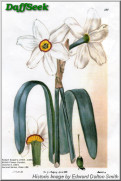

 N. poeticus var. recurvus
N. poeticus var. recurvusFl. 95 mm wide; perianth segments broadly ovate in outline, blunt or squarish at apex, prominently mucronate, creamy white, recurved, overlapping half; the inner segments more narrowly ovate, with margins wavy and incurved; corona bowl-shaped, ribbed, yellow-orange, shading to red-orange at rim, with mouth expanded and distinctly 6-lobed. There is a question about the parentage of ‘Folly’: (Seedling W-R x N. cyclamineus) or (‘Beacon’ x N. poeticus var. recurvus)?
According to The American Horticultural Society’s 1937 issue of the The American Daffodil Year Book, Guy L. Wilson’s article “Some Modern Daffodils for Garden Decoration” states: “Declared by so eminent an authority as Brodie of Brodie, to be on of the most beautiful of all Daffodils, this is undoubtedly a flower of great character and distinction and being late to bloom it is much value in extending the season. Its gracefully recurving pure white perianth segments and clear orange red bowl-shaped crown, are equally charming when seen full face or in profile, perhaps the profile is even more fascinating; the flowers are well posed on very strong stems and the color lasts. I have been told that in parts of the U.S.A. The color of ‘Folly’ does not develop well. Possibly this may be due to dry conditions in the growing season.”
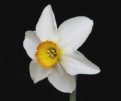 Folly, 2 W-O, Percival D. Williams, England, 1926
Folly, 2 W-O, Percival D. Williams, England, 1926
Foto #46030 Tom Stettner, Förenta Staterna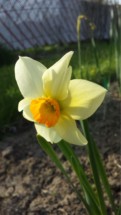 Folly, 2 W-O, Percival D. Williams, England, 1926
Folly, 2 W-O, Percival D. Williams, England, 1926
Foto #32821 Rose Bradley, Förenta Staterna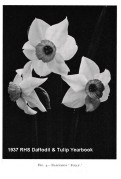 Folly, 2 W-O, Percival D. Williams, England, 1926
Folly, 2 W-O, Percival D. Williams, England, 1926
Foto #31271 RHS Yearbook, England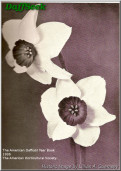 Folly, 2 W-O, Percival D. Williams, England, 1926
Folly, 2 W-O, Percival D. Williams, England, 1926
Foto #18127 Lillian A. Guernsey, Förenta Staterna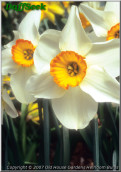 Folly, 2 W-O, Percival D. Williams, England, 1926
Folly, 2 W-O, Percival D. Williams, England, 1926
Foto #11364 Old House Gardens Heirloom Bulbs, Förenta Staterna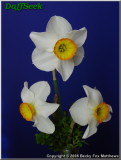 Folly, 2 W-O, Percival D. Williams, England, 1926
Folly, 2 W-O, Percival D. Williams, England, 1926
Foto #7247 Becky Fox Matthews, Förenta Staterna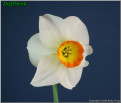 Folly, 2 W-O, Percival D. Williams, England, 1926
Folly, 2 W-O, Percival D. Williams, England, 1926
Foto #1679 Kirby Fong, Förenta Staterna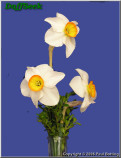 Folly, 2 W-O, Percival D. Williams, England, 1926
Folly, 2 W-O, Percival D. Williams, England, 1926
Foto #833 Paul Botting, Förenta Staterna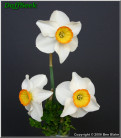 Folly, 2 W-O, Percival D. Williams, England, 1926
Folly, 2 W-O, Percival D. Williams, England, 1926
Foto #596 Ben Blake, Förenta Staterna
![]()

